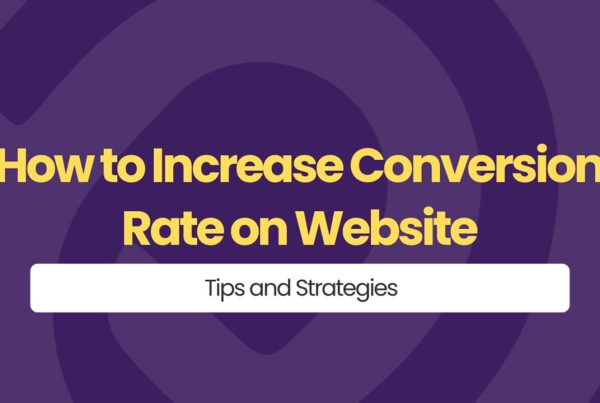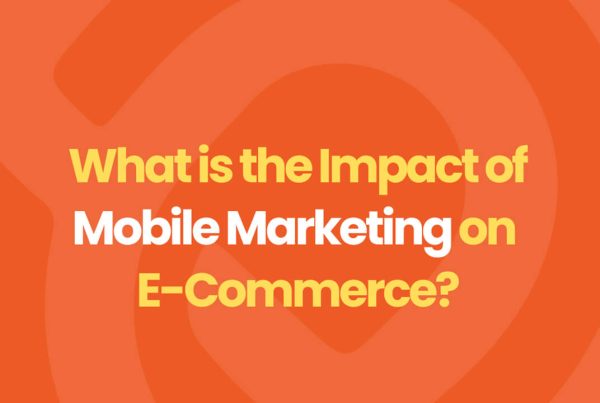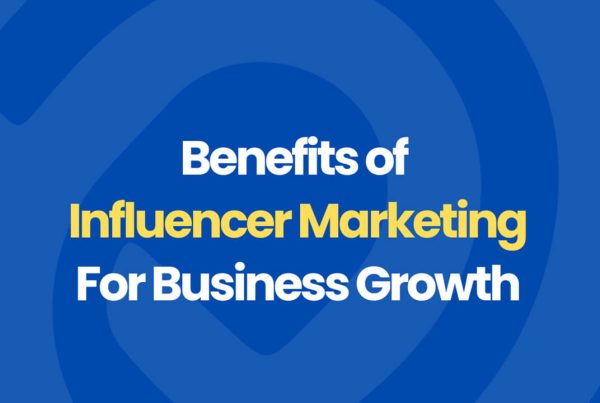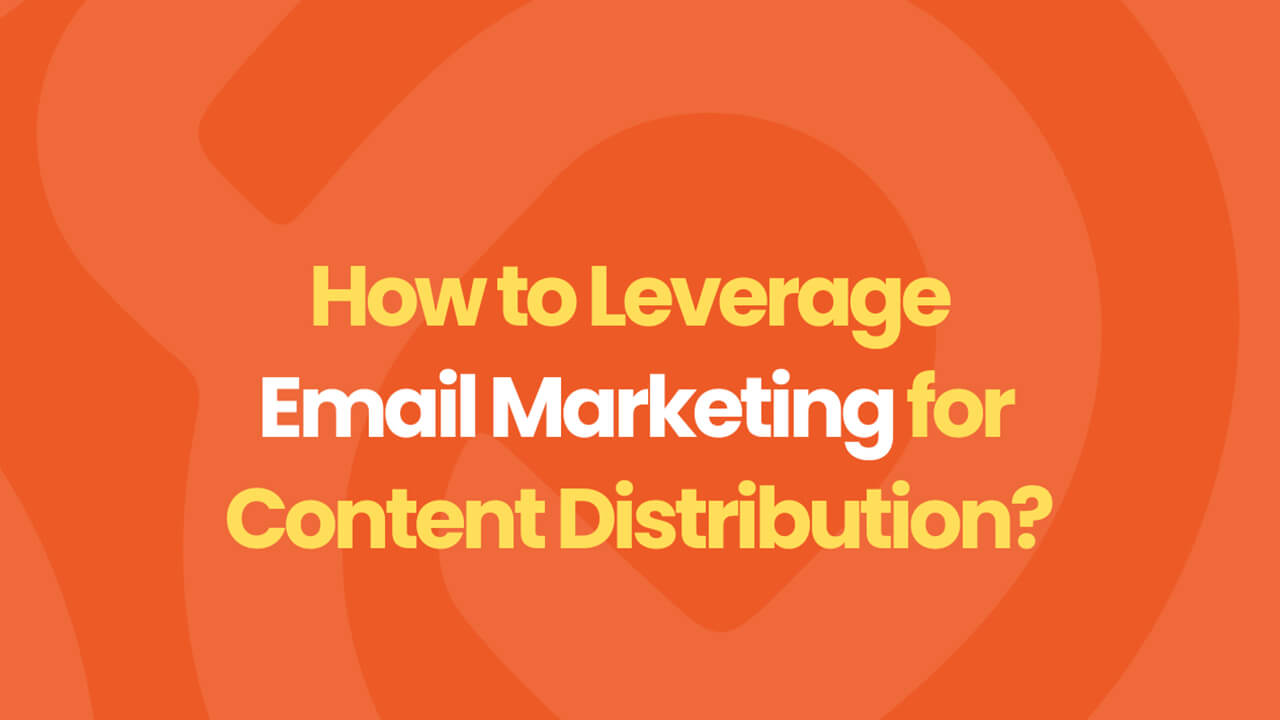
Email marketing for content distribution is one of the most impactful ways to reach your audience directly and effectively. Instead of waiting for people to discover your blog or social media updates, email brings your content straight to their inbox. With so many digital marketing tools out there, email still stands out, why? Because it’s personal, measurable, and scalable.
Let’s explore this blog and take a close look at how to use email as a smart content distribution channel and why it works so well. Besides, we’ll guide you through practical tips, strategies, and real examples that you can use to increase visibility and engagement.
What is Content Distribution?
It is the process of sharing and promoting your message across various channels to reach your target audience. It ensures that your valuable content doesn’t just sit idle on your blog. Instead, it gets discovered, read, and acted upon.
Many marketers focus heavily on it, but overlook the importance of getting that content seen, this is where distribution steps in.
Types of Content Distribution Channels
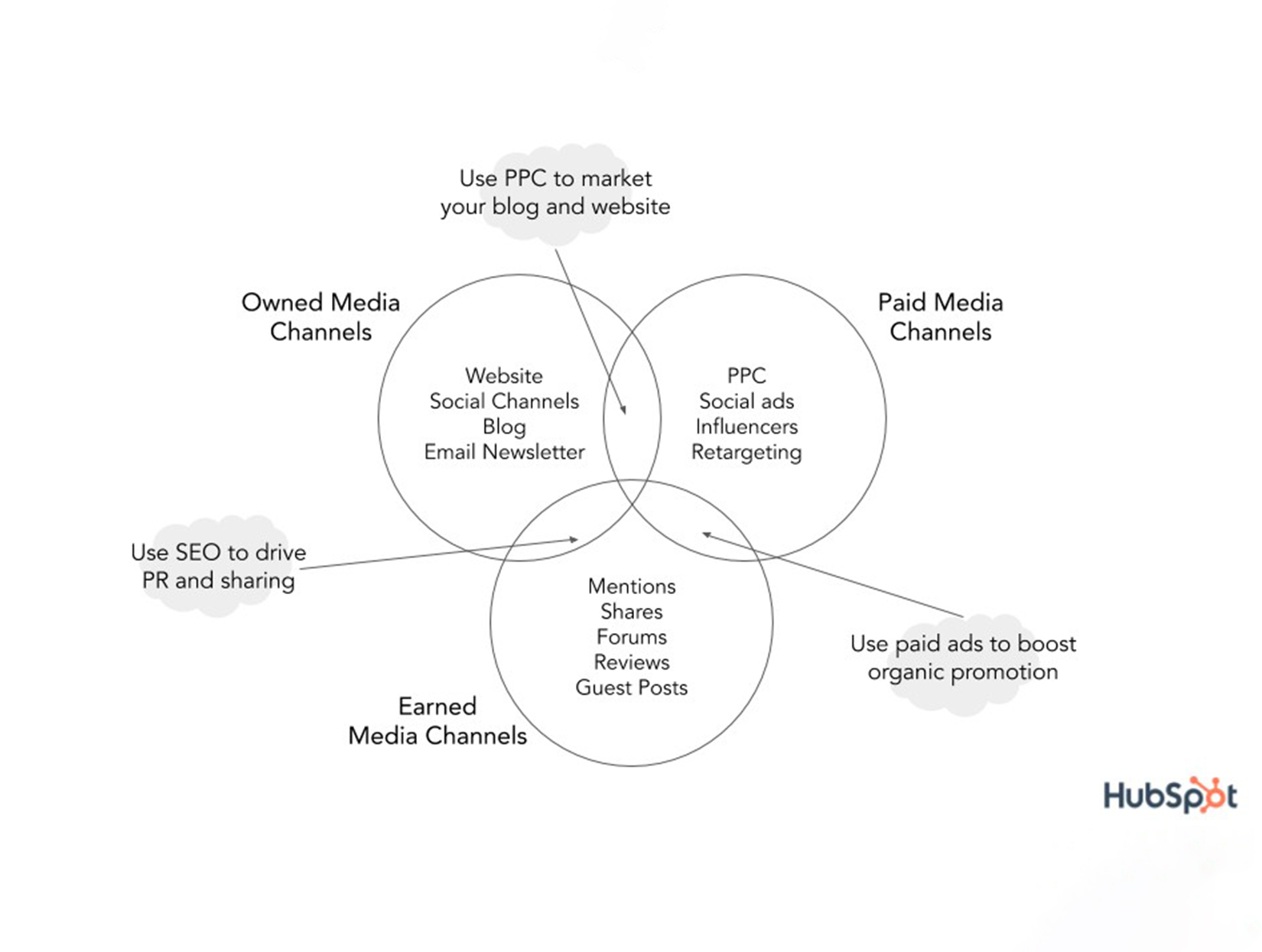
Via: Hubspot
Owned Distribution
These are platforms you fully control, such as your website, blog, email newsletter, and social media profiles. Owned channels give you control over your publishing schedule and message.
Earned Distribution
Earned channels refer to exposure gained through others sharing your content. This includes social media shares, guest articles, mentions in news stories, and UGC.
Paid Content Distribution
This includes paid ads, influencer partnerships, and sponsored messaging. Paid distribution boosts visibility quickly and is ideal for promoting high-impact or time-sensitive content.
Using Emails as a Content Distribution Channel
Leveraging email marketing for content distribution gives you a chance to reach your audience directly. Unlike social platforms where algorithms dictate visibility, emails land in inboxes, guaranteeing visibility. It’s cost-efficient and perfect for delivering personalized content, making it an ideal method for long-term engagement.
Benefits of Email Marketing for Content Distribution
Direct Access to Audience
Email bypasses algorithm changes and platform limitations, giving you uninterrupted access to your readers’ inboxes.
High Engagement Rates
Well-crafted and relevant messaging in emails often achieves higher open and click-through rates than social posts.
Trackable Metrics
Tools allow you to monitor open rates, click-through rates, conversions, and even heatmaps for engagement.
Builds Loyalty
Sending consistent, helpful material builds trust, reinforces your brand’s voice, and keeps subscribers engaged over time.
Boosts Brand Recall
Emails that offer value and consistency help your audience remember your brand during decision-making moments.
Encourages Repeat Visits
Sharing helpful articles or updates encourages readers to return to your website regularly.
Enables Personalized Experiences
With dynamic messaging, you can show tailored messages, visuals, or recommendations to different audience segments.
Improves Conversion Opportunities
Because you’re speaking to a warmer, more engaged audience, email is often a great driver for lead nurturing and sales.
Personalization and Segmentation in Email Marketing
To increase engagement, personalize emails using names, behavior, or preferences. Segmentation involves dividing your email list by criteria like location or content interest. Moreover, tools like Klaviyo or Mailchimp can automate these processes, enhancing relevance and boosting engagement.
Creating a Content Distribution Plan with Email Marketing
- Research your audience: Understand what they want.
- Audit: Identify valuable resources to share.
- Select types: Use formats like blogs, videos, or PDFs.
- Set clear goals: Track clicks, conversions, or shares.
- Build a calendar: Maintain consistency in your outreach.
Email Marketing for Content Distribution Strategies
Distribute Articles
Distributing articles through email allows you to extend the life of your blog content. Rather than hoping people stumble upon a post, you can promote your evergreen or new blog articles to a targeted list.
For instance, a marketing agency might send a weekly digest featuring recent blog insights, helping educate clients and increase site visits. You can enrich these emails with a personal note or summary that explains why the article is timely and helpful.
Send Newsletters
Newsletters are a consistent way to stay in touch with your audience while reinforcing your brand. They can be weekly, bi-weekly, or monthly, and may include curated content, announcements, and event highlights.
Companies like Moz and Buffer use newsletters effectively to keep their users informed and provide value regularly. A well-structured newsletter builds anticipation and encourages repeat opens.
Share Lead Magnets
Lead magnets such as eBooks, templates, or cheat sheets are valuable assets that can be promoted via email to nurture subscribers. These offers should solve a real problem and be delivered seamlessly.
For example, a SaaS company might send an email with a downloadable checklist that helps marketers plan their content calendar. These types of emails often have high engagement because they offer direct, tangible value.
Use Drip Campaigns
Drip campaigns are pre-scheduled sequences that guide subscribers through a content journey. These are especially useful for onboarding new subscribers, educating prospects, or promoting a product. A digital course creator might send a 5-part email series explaining how to get started with SEO, followed by a pitch for their full course. The beauty of drip campaigns is that they automate relationship-building over time.
Promote Landing Pages
Landing pages drive conversions, whether for signing up to an event, downloading a guide, or buying a product. Your emails should lead readers to a purpose-built landing page with a strong call-to-action.
When promoting a webinar, for instance, an email might tease a key benefit and link to a signup page with more details. The more focused your landing page and email message, the better your conversion rates.
Crafting Effective Email Subject Lines and Content
Subject lines can make or break your open rate. A great subject line is short, clear, and relevant. For example, “10-Min SEO Fixes You Can Do Now” is actionable and piques curiosity. Using the recipient’s name or referencing past activity can improve relevance:
“Sarah, here’s your free marketing guide.” Avoid clickbait, false promises lead to unsubscribes.
Moreover, in your email body, structure content for easy scanning. Use subheadings, bold important text, and highlight CTAs like buttons or clear links. For instance, a newsletter might include a bold header for each blog link, a 1-sentence description, and a prominent “Read More” button.
Building and Growing Your Email List
- Offer exclusive content like eBooks, whitepapers, or checklists in exchange for email sign-ups.
- Add visible and compelling sign-up forms to your homepage, blog, and landing pages.
- Use pop-ups and slide-ins with timing and behavior triggers to increase conversions.
- Promote your list via social media and integrate with ad campaigns for broader reach.
- Ensure compliance with privacy regulations like GDPR and provide an easy unsubscribe option.
Best Practices for Email Marketing and Content Distribution
- Design mobile-first: Most users check emails on their phones, so ensure your layout is responsive and looks great on small screens.
- Keep branding consistent: Use the same colors, fonts, and tone of voice across all your emails to build trust and recognition.
- Avoid spammy language: Steer clear of trigger words that might land your email in the spam folder (e.g., “free,” “buy now,” “guarantee”).
- Use A/B testing: Experiment with different subject lines, content formats, or CTAs to see what performs best.
- Don’t overdo it: Avoid bombarding your audience with too many emails, stick to a regular, manageable cadence.
- Focus on quality: Every email should offer clear value, whether it’s a tip, an offer, or a helpful update.
- Track and optimize: Use email analytics (like open rates, CTR, and unsubscribes) to refine your strategy continuously.
Metrics for Measuring Success
- Open Rate: Measures the percentage of recipients who opened your email.
- Click-Through Rate (CTR): Indicates the percentage of recipients who clicked a link.
- Conversion Rate: Tracks the number of recipients who completed a desired action.
- Bounce Rate: Shows how many emails were undeliverable.
- Unsubscribe Rate: Reflects how many recipients opted out after receiving an email.
Future Trends in Email Marketing and Content Distribution
- AI-powered personalization: Craft hyper-personalized emails based on behavioral data.
- Interactive content: Use polls, quizzes, and embedded media to increase engagement.
- Mobile-first design: Ensure readability and usability on smartphones and tablets.
- Video in email: Use short-form videos or GIFs to boost user interest and action.
- Data privacy compliance: Stay aligned with GDPR, CCPA, and other regulations to build trust.
Examples of Successful Email Marketing Campaigns for Content Distribution
There are countless examples of successful email marketing campaigns for content distribution, but here are a few notable ones that demonstrate different strategies and approaches:
Netflix
Netflix nails personalization by using viewing history and preferences to recommend new shows and movies. Their emails often feature dynamic blocks tailored to user tastes, making the messages feel like a personal concierge.
Furthermore, their crisp visuals and clear CTAs make it super easy to jump right back into binge mode. It’s a textbook example of leveraging user data for hyper-targeted content delivery.
Grammarly
Grammarly sends emails that combine actionable writing tips with relevant blog and product updates. Their campaigns are clean, personalized, and benefit-driven. By addressing common grammar challenges and offering solutions via links to blog posts or tutorials, they drive significant traffic back to their site while also enhancing the user experience.
Airbnb
Airbnb’s emails are visually compelling and deeply personalized. Based on past user behavior and search history, they recommend travel destinations and highlight unique listings.
Moreover, their strategy integrates rich images, personalized suggestions, and strong calls-to-action to inspire bookings. The content feels curated for each user, making it a standout example of intelligent automation and personalization.
HubSpot
HubSpot uses email marketing to educate and nurture its leads. Their campaigns include free resources like blog posts, guides, templates, and webinars. Besides, these educational assets help position HubSpot as a trusted authority in the marketing and sales space. Their approach demonstrates how consistent value delivery can convert subscribers into loyal customers.
The New York Times
They distribute tailored content based on subscribers’ reading habits, offering curated newsletters like “Morning Briefing” or topic-specific updates. Their emails strike a perfect balance between informative and inviting, using sharp headlines and enticing snippets that prompt clicks without overwhelming. Besides, the brand’s authority adds an extra layer of trust that drives higher open rates.
Conclusion
Email marketing for content distribution is a smart, scalable strategy that delivers results. Start small, stay consistent, and use smart segmentation to keep readers engaged.
FAQs
Q: What are the 4 P’s of email marketing?
- Product
- Place
- Price
- Promotion
Q: What are the 5 T’s of email marketing?
- Tease
- Target
- Teach
- Test
- Track
Q: What are the 3 main steps in email marketing?
- Define your audience
- Identify the several demographics of an ideal customer.
- Set goals.
